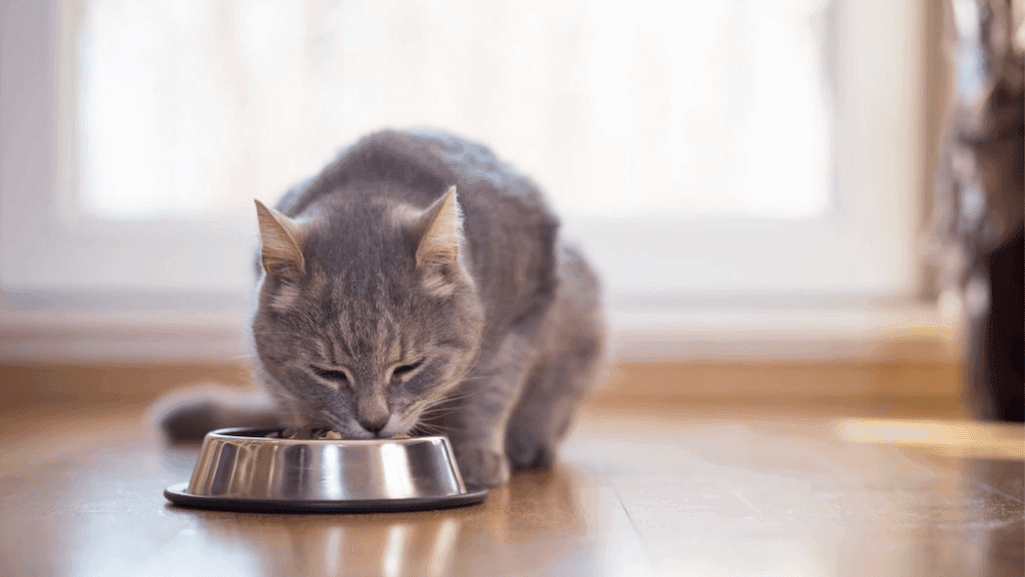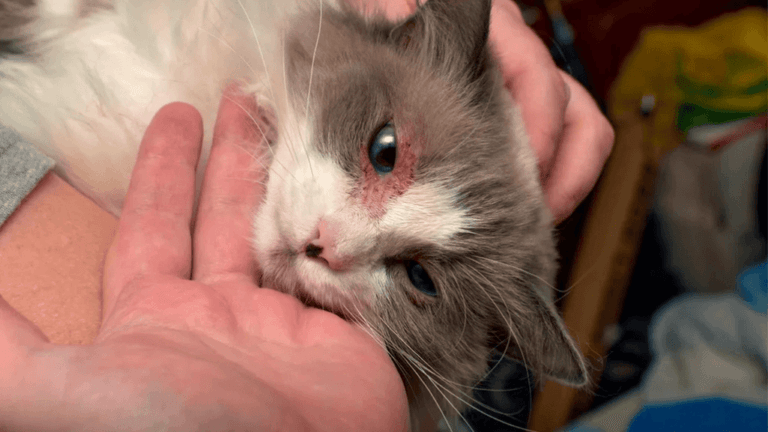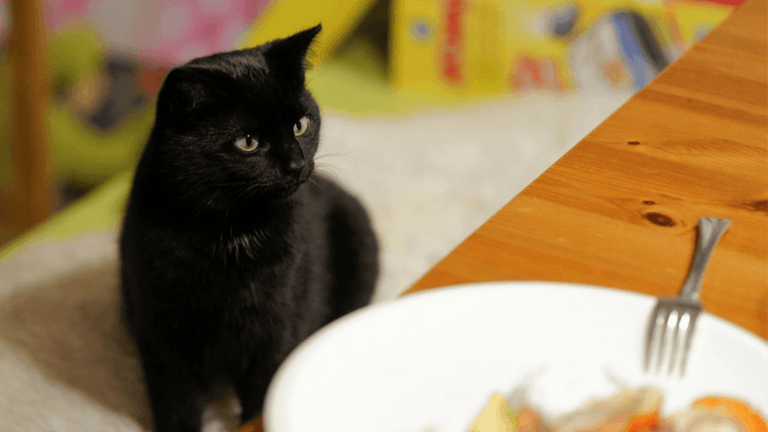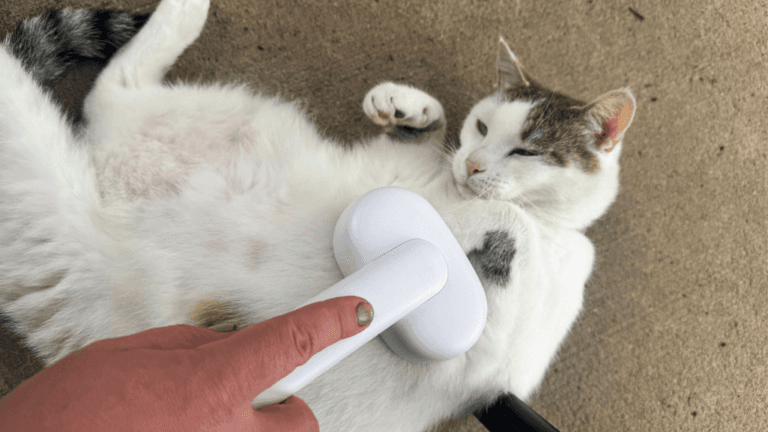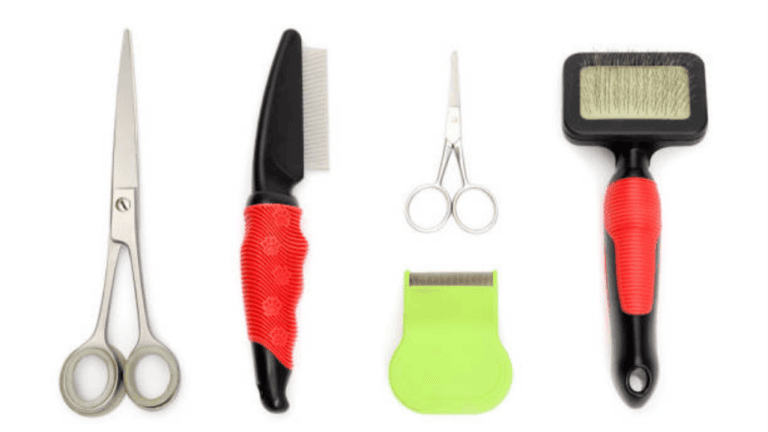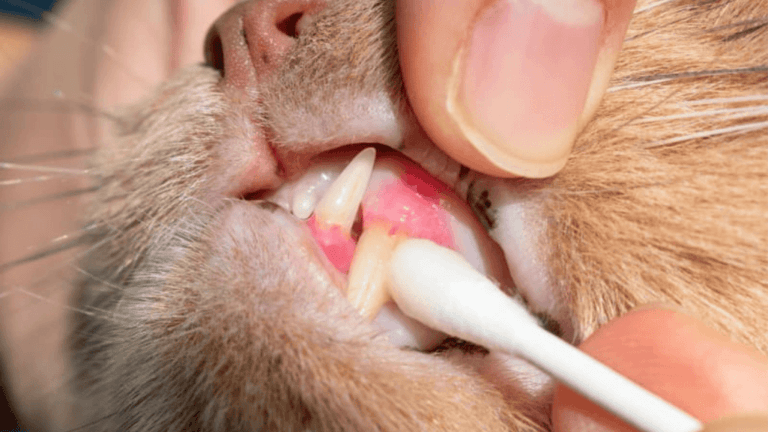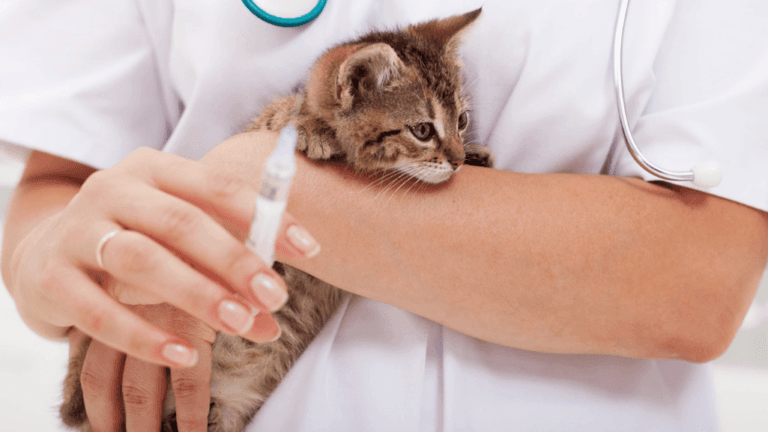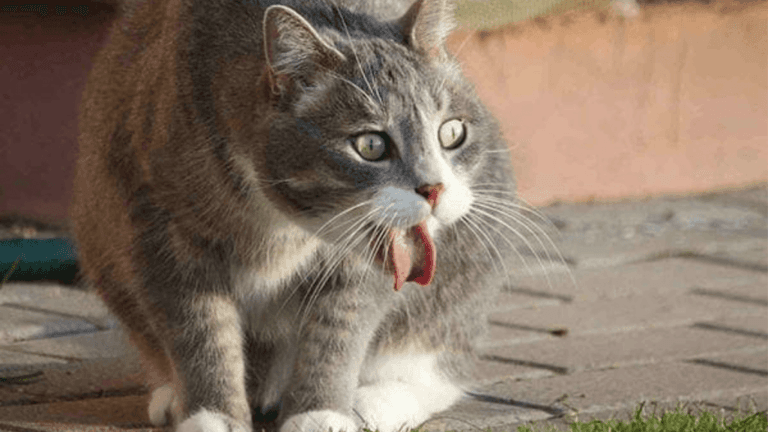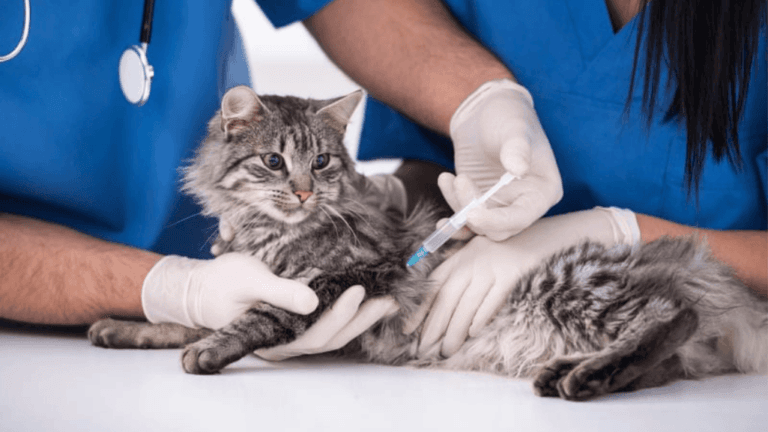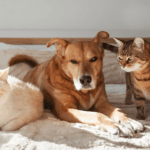We all want the best for our pets, and that’s true when they have diabetes. While insulin shots are often needed, holistic pet care can really help. Natural treatments can help cats manage their diabetes and feel better overall.
Vets say natural supplements alone might not cure diabetes in cats. But, a holistic approach with diet and exercise can work well. Feeding a low-carb or raw diet and keeping your cat active are key steps.
Using alternative medicine and homeopathic remedies can support diabetic cats. Managing diabetes naturally is a journey. It takes patience, dedication, and a willingness to try holistic options.
Key Takeaways
- Type II diabetes is the most common form of cat diabetes, often linked to being overweight and inactive.
- Symptoms of diabetes in cats may include increased drinking and urination, weight loss despite a good or increased appetite, recurrent infections, enlarged liver, lethargy, poor coat condition, weak back legs, stilted or wobbly gait, and thinning of the skin.
- Insulin-dependent cats may potentially stop taking insulin after switching to a low carbohydrate diet.
- NHV Mellit, a natural remedy for diabetes in cats, helps control blood sugar levels and protects organs from imbalances triggered by diabetes.
- Proper monitoring for infections of the bladder, kidneys, and skin is necessary for cats with diabetes.
- Herbal remedies such as fenugreek, bitter melon, cornsilk, and gymnema can help lower blood glucose levels and decrease inflammation.
- Proper management can help diabetic pets lead healthy and happy lives.
Understanding Feline Diabetes
Feline diabetes is a growing concern for cat owners. About 1 in 100 to 1 in 500 cats get it. It happens when a cat’s body can’t use insulin right, causing high blood sugar. Cats that are overweight, middle-aged, or stay indoors are more likely to get it.
What Causes Diabetes in Cats
Several things can lead to diabetes in cats. These include:
- Genetic predisposition
- Sedentary lifestyle
- Obesity (obese cats are up to four times more likely to develop diabetes)
- High-carbohydrate diet
- Amyloid deposits in the pancreas islets
Keeping your cat at a healthy weight, exercising them regularly, and feeding a diabetic cat diet low in carbs can help prevent diabetes.
Symptoms of Diabetes in Cats
It’s important to know the signs of diabetes in cats. This helps catch it early and manage it well. The common signs are:
- Frequent drinking and urination
- Increased hunger and thirst
- Weight loss despite increased appetite
- Changes in eating and drinking habits
- Diabetic neuropathy (weak hind legs)
If not treated, diabetes can cause serious problems. These include weak legs, infections, cataracts, kidney failure, dehydration, seizures, coma, and death. It’s key to keep a close eye on your cat’s glucose levels with regular checks by you and the vet.
Some cats can manage with a low-carb diet alone. But many need diet changes and insulin shots. Feline diabetes supplements and herbs are not seen as effective by most vets. But a cranberry-based urinary supplement can help prevent bladder infections in diabetic cats.
The Role of Diet in Managing Cat Diabetes
When it comes to dietary management of cat diabetes, nutrition is key. A good diet can help control blood sugar, manage weight, and improve health. It’s important to work with your vet to find the right diet for your cat.
Low-Carb Diets for Diabetic Cats
Diabetic cats do well on high-protein, low-carb diets. Look for foods with less than 10% of calories from carbs. There are special diets for diabetic cats that help with weight loss.
Choosing a diet with less than 7% carbs is best. Fiber can help overweight cats feel full. Avoid high-carb foods to prevent diabetes and obesity.
Benefits of a Balanced Raw or Home-Cooked Diet
Some owners choose raw or home-cooked diets for their cats. It’s important to make sure the diet is balanced. Use supplements or complete raw diets to ensure your cat gets all the nutrients.
Cats can potentially reverse diabetes if there has not been too much permanent pancreatic damage and if blood sugar can be regulated quickly.
Always talk to your vet before changing your cat’s diet. The new diet might affect insulin needs. Some cats can manage without insulin on a low-carb diet. Feeding 3-4 small meals a day is best, but twice a day works too.
Remember, a preventive diet for diabetic cats should include plenty of water. Managing diabetes means less water intake. With the right diet and vet care, your cat can live a happy, healthy life.
Exercise and Lifestyle Changes for Diabetic Cats
Managing cat diabetes naturally means more than just changing their diet. It also involves making lifestyle changes. Regular exercise and a fun indoor space are key for keeping blood sugar levels in check.
Importance of Regular Physical Activity
Exercise helps prevent diabetes in cats. But many indoor cats don’t get enough. Studies show that moderate exercise can help control weight and improve insulin use in diabetic cats.
It’s important to encourage cats to be active. This helps keep blood sugar levels stable and prevents weight gain. Vets recommend regular check-ups and blood tests to monitor diabetes.
Research shows that cats with diabetes can live happy, normal lives with proper care. In some cases, cats may no longer need insulin. This is known as clinical remission. Cats on insulin can live as long as those without diabetes, showing the benefits of good care.
Creating an Engaging Indoor Environment
Creating a fun indoor space is vital for diabetic cats. This can be done through play, puzzle feeders, and climbing structures. It’s important to keep them active to help with weight loss and blood sugar control.
Combining diet changes with more exercise can help manage diabetes in cats. Regular weight checks and diet adjustments are important. For cats with type 2 diabetes, larger meals and insulin injections may be needed. Hairless cats need extra care to stay warm during play.
“The goal of diabetes management in cats is to maintain good quality of life and avoid complications associated with the disease. This requires a commitment to providing appropriate care, which includes regular monitoring, dietary management, and insulin therapy when necessary.” – Dr. Audrey Cook, Texas A&M University
By adding regular exercise and a fun indoor space, cat owners can help manage diabetes. This leads to better blood sugar control, weight management, and overall health. A proactive approach to care can greatly improve a diabetic cat’s life.
natural remedies for cat diabetes
Herbal remedies can be a gentle way to help manage cat diabetes. They work with other treatments to support your cat’s health. Let’s look at some herbal remedies that might help diabetic cats.
Fenugreek: Lowering Blood Glucose Levels
Fenugreek is a common herb that can slow down sugar absorption. This helps keep blood sugar stable in diabetic cats. Adding fenugreek to your cat’s diet might help manage their diabetes naturally.
Bitter Melon: Improving Insulin Production
Bitter melon is rich in minerals and fiber. It helps improve insulin production and control blood sugar in diabetic cats. This natural remedy can be a good addition to your cat’s diet.
Cornsilk: Reducing Blood Sugar and Preventing Kidney Damage
Cornsilk is used in Chinese medicine to lower blood sugar and protect the kidneys. It acts as a natural diuretic, helping to remove excess sugar. Cornsilk can be a valuable part of your cat’s diabetes treatment.
Gymnema: The “Sugar Destroyer”
Gymnema is known as the “sugar destroyer” in Ayurvedic medicine. It lowers glucose levels and boosts insulin production. This herbal remedy can help keep blood sugar levels healthy in diabetic cats.
Other natural supplements like cinnamon and apple cider vinegar also show promise. Always talk to your vet before adding new supplements to your cat’s diet. They can give advice tailored to your cat’s needs.
“Embracing natural remedies alongside prescribed treatments can offer a holistic approach to managing cat diabetes, promoting overall health and well-being for our feline companions.”
Complementary Therapies for Feline Diabetes
Managing holistic cat diabetes can be helped by complementary therapies. These alternative therapies for diabetic cats work well with insulin and diet changes. They help keep your cat healthy and happy.
Cranberry-based urinary supplements are great for diabetic cats. They help prevent bladder infections. NHV Mellit is a herbal formula for cats with diabetes. It helps control blood sugar and supports organs.
Reducing inflammation is key in managing feline diabetes. Chronic inflammation can harm the pancreas. Herbal supplements for feline diabetes, like turmeric, fight inflammation. They help manage diabetes better.
“A holistic approach, combining vet-prescribed treatments with natural remedies like NHV supplements, can support cats with diabetes.”
Chinese herbal formulas are also used to treat diabetes. They target inflammation and treat diabetes. These complementary therapies for feline diabetes work well with traditional treatments.
Using a holistic approach and alternative therapies can greatly benefit diabetic cats. Always talk to your vet to find the best care for your cat.
Conclusion
Managing feline diabetes naturally means looking at diet, exercise, and alternative medicine. A high-protein, low-carb diet is key. Adding natural treatments like fenugreek and bitter melon helps a lot. Regular exercise and a calm home are also important.
While natural remedies and lifestyle changes help a lot, they shouldn’t replace vet care. It’s vital to work with a vet to make sure your cat gets the right care. This includes checking blood sugar and giving insulin when needed.
With the right approach, cats with diabetes can live happy, healthy lives. Combining natural and conventional methods is the best way. Staying up-to-date with research helps too. Remember, caring for a diabetic cat is a journey that needs patience, love, and dedication.


